Home>Gardening & Outdoor>Landscaping Ideas>When To Plant Grass Seed In The Spring
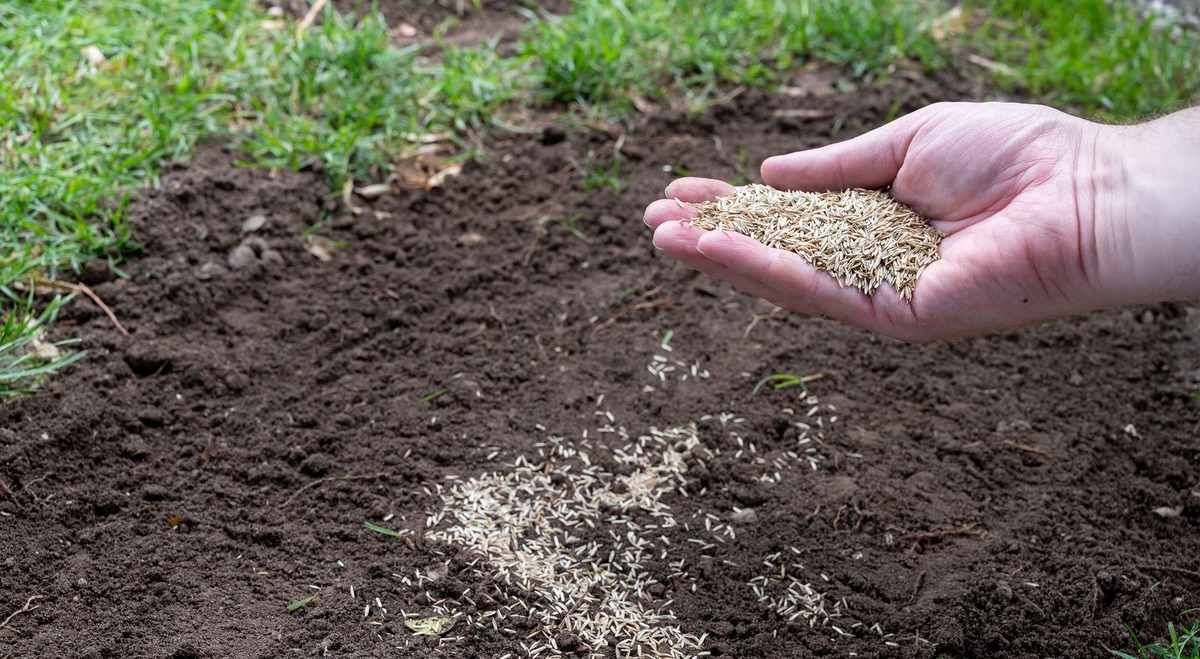

Landscaping Ideas
When To Plant Grass Seed In The Spring
Modified: February 18, 2024
Learn the best landscaping ideas and tips for when to plant grass seed in the spring. Discover the ideal timing and techniques for a lush, healthy lawn.
(Many of the links in this article redirect to a specific reviewed product. Your purchase of these products through affiliate links helps to generate commission for Storables.com, at no extra cost. Learn more)
Introduction
Welcome to the vibrant world of landscaping and gardening! As the spring season breathes new life into the world, it's the perfect time to revitalize your lawn with fresh grass seed. The arrival of spring brings with it the promise of rejuvenation and growth, making it an ideal period for nurturing the lush green carpet of your outdoor space.
In this comprehensive guide, we'll explore the optimal timing for planting grass seed in the spring and delve into the essential factors to consider before embarking on this revitalizing journey. Whether you're a seasoned gardening enthusiast or a novice looking to cultivate a verdant oasis, this article will equip you with the knowledge and insights to ensure a successful and bountiful grass-seeding endeavor.
So, roll up your sleeves, dust off your gardening tools, and get ready to embark on a fulfilling and rewarding journey to transform your outdoor space into a breathtaking haven of natural beauty. Let's dive into the intricacies of planting grass seed in the spring and unleash the full potential of your lawn.
Key Takeaways:
- Timing is crucial for planting grass seed in spring. Consider soil temperature, weather, and grass seed type for successful germination and growth.
- Follow strategic steps for planting grass seed in spring. Assess soil, select high-quality seed, sow, water, and maintain care for a vibrant lawn.
Read more: When To Start Seeds For Spring Planting
Factors to Consider Before Planting Grass Seed
Before delving into the process of planting grass seed in the spring, it’s crucial to consider several key factors that can significantly impact the success of your lawn revitalization efforts. Understanding these elements will empower you to make informed decisions and lay the groundwork for a thriving, verdant lawn.
- Soil Temperature: One of the fundamental factors to contemplate is the soil temperature. For optimal germination, most grass seed varieties require a consistent soil temperature ranging from 50 to 65 degrees Fahrenheit. It’s essential to assess the soil temperature in your region to determine the ideal timing for planting grass seed.
- Weather Conditions: The unpredictability of spring weather underscores the importance of evaluating the local climate patterns. Sudden frosts or prolonged periods of rainfall can hinder the germination process and compromise the growth of newly planted grass seed. Monitoring weather forecasts and selecting a window of stable, mild weather is pivotal for ensuring favorable conditions for seed establishment.
- Grass Seed Selection: Choosing the right type of grass seed tailored to your specific climate and soil conditions is paramount. Factors such as sun exposure, soil composition, and regional climate variations should inform your selection of grass seed varieties. Whether you opt for cool-season grasses like Kentucky bluegrass and fescue or warm-season varieties such as Bermuda grass, selecting the appropriate seed type is crucial for achieving a resilient and thriving lawn.
- Soil Preparation: Preparing the soil before planting grass seed is a critical precursor to successful germination and growth. Assessing the soil’s pH levels, addressing compaction issues, and incorporating organic matter to enhance soil fertility are essential steps in creating an optimal environment for seed establishment.
- Weed Control: Prior to sowing grass seed, it’s essential to address any existing weed infestations. Weeds can compete with emerging grass seedlings for essential nutrients and sunlight, impeding their growth. Implementing effective weed control measures, such as targeted herbicide applications or manual removal, can mitigate the impact of weeds on newly planted grass seed.
By meticulously considering these factors and taking proactive measures to address them, you can set the stage for a successful grass-seeding endeavor. Armed with a comprehensive understanding of these critical elements, you’ll be well-prepared to embark on the next steps of planting grass seed in the spring.
Best Time to Plant Grass Seed in the Spring
Timing is of the essence when it comes to planting grass seed in the spring. Selecting the optimal window for sowing grass seed is pivotal for maximizing germination rates and establishing a resilient, vibrant lawn. As the natural world awakens from its winter slumber, identifying the best time to plant grass seed in the spring is essential for harnessing the seasonal rejuvenation and fostering robust lawn growth.
The ideal timing for planting grass seed in the spring hinges on a combination of factors, including soil temperature, weather patterns, and regional climate variations. While the precise timing may vary based on geographic location and local climate nuances, a general rule of thumb is to aim for early to mid-spring for initiating the grass-seeding process.
As the temperatures gradually rise and the soil begins to warm, typically reaching the optimal range of 50 to 65 degrees Fahrenheit, the conditions become conducive for successful grass seed germination. This period of moderate, consistent soil temperatures, coupled with mild and relatively stable weather, provides an opportune window for sowing grass seed and nurturing its growth.
It’s important to be mindful of the potential impact of late frosts or unseasonably cold weather on newly planted grass seed. Monitoring local weather forecasts and selecting a time frame that aligns with a reduced risk of frost and prolonged periods of rainfall is crucial for safeguarding the germination and establishment of the grass seed.
Furthermore, considering the specific characteristics of the grass seed varieties you intend to plant is essential for determining the best time for sowing. Cool-season grasses, such as Kentucky bluegrass and fescue, thrive when planted in early spring, while warm-season varieties like Bermuda grass are best sown a bit later, as the soil temperatures continue to rise.
By harmonizing the timing of grass seed planting with the natural rhythms of the spring season and accounting for the interplay of soil temperature and weather dynamics, you can optimize the conditions for successful germination and foster the emergence of a lush, resilient lawn.
Next, let’s delve into the actionable steps for planting grass seed in the spring, equipping you with the knowledge and guidance to embark on this transformative journey for your outdoor space.
Tip: Plant grass seed in the spring when soil temperatures are consistently above 50°F. This allows the seeds to germinate and establish before the heat of summer. Keep the soil moist for successful germination.
Steps for Planting Grass Seed in the Spring
Embarking on the journey of planting grass seed in the spring is an invigorating endeavor that holds the promise of transforming your outdoor space into a verdant oasis. To ensure the successful establishment of a lush, resilient lawn, it’s essential to approach the grass-seeding process with careful planning and attention to detail. By following a series of strategic steps, you can nurture the growth of vibrant grass seedlings and cultivate a breathtaking expanse of greenery.
Here’s a comprehensive guide outlining the essential steps for planting grass seed in the spring:
- Assess Soil Conditions: Begin by evaluating the soil conditions in your lawn. Test the soil pH and texture to gain insights into its fertility and composition. Amend the soil as needed to optimize its structure and nutrient content, creating an ideal foundation for grass seed germination.
- Prepare the Soil: Prior to planting grass seed, prepare the soil by loosening the top layer and removing any debris or existing vegetation. Incorporate organic matter, such as compost, to enhance soil fertility and create a welcoming environment for the grass seed.
- Select High-Quality Grass Seed: Choose premium-quality grass seed that aligns with your specific climate, sun exposure, and soil type. Whether you opt for a blend of cool-season grasses or warm-season varieties, selecting top-tier grass seed is instrumental in fostering robust lawn growth.
- Sow the Grass Seed: Evenly distribute the grass seed across the prepared soil, ensuring thorough coverage without overcrowding. Use a seed spreader or a handheld spreader to achieve uniform distribution, and gently rake the seed into the soil at a depth recommended for the specific grass seed variety.
- Water and Nourish: Following the sowing of grass seed, water the area gently to provide moisture for germination. Maintain consistent, light watering to keep the soil moist but not waterlogged. Additionally, consider applying a high-quality starter fertilizer to provide essential nutrients for the emerging grass seedlings.
- Maintain Careful Observation: Monitor the seeded area closely, keeping an eye on soil moisture levels, weed emergence, and the progress of the grass seedlings. Adjust your watering regimen as needed to support healthy growth, and address any weed encroachments promptly to safeguard the burgeoning grass seedlings.
- Implement Mowing and Maintenance: As the grass seedlings mature, gradually introduce a regular mowing schedule, ensuring that the grass reaches an optimal height before each mowing session. Implement a comprehensive lawn care regimen, encompassing fertilization, aeration, and weed control, to nurture the development of a vibrant, resilient lawn.
By meticulously following these steps and infusing your grass-seeding journey with attentive care and nurturing, you can cultivate a thriving, lush lawn that serves as a captivating centerpiece of your outdoor sanctuary.
As you embark on this transformative endeavor, remember that patience and dedication are the cornerstones of successful lawn establishment. Embrace the process with enthusiasm and a deep-rooted commitment to nurturing the natural beauty of your outdoor space.
Conclusion
Congratulations on delving into the enriching world of planting grass seed in the spring! By exploring the optimal timing, essential considerations, and strategic steps for nurturing the growth of vibrant grass seedlings, you’ve embarked on a transformative journey to cultivate a breathtaking expanse of natural beauty in your outdoor space.
As you navigate the intricacies of revitalizing your lawn, it’s essential to approach the process with a harmonious blend of knowledge, patience, and attentive care. By considering critical factors such as soil temperature, weather patterns, and grass seed selection, you lay the groundwork for a thriving, resilient lawn that flourishes in harmony with the spring season’s rejuvenating energy.
Remember, the best time to plant grass seed in the spring aligns with a delicate balance of soil temperature, weather stability, and the specific characteristics of the grass seed varieties you choose to sow. By synchronizing your grass-seeding efforts with the natural rhythms of the season, you create an optimal environment for successful germination and robust growth.
As you embark on the journey of planting grass seed, each step – from soil preparation and seed sowing to diligent nurturing and maintenance – contributes to the unfolding tapestry of natural splendor in your outdoor sanctuary. Embrace the process with enthusiasm, and revel in the gratifying evolution of your lawn into a vibrant, resilient masterpiece.
By infusing your lawn care regimen with attentive observation, thoughtful maintenance, and a deep-rooted passion for nurturing the natural world, you’ll witness the transformation of your outdoor space into a captivating haven of greenery and tranquility. Your efforts will yield a lush, resilient lawn that serves as a testament to the harmonious coexistence of human stewardship and the boundless beauty of nature.
So, as you embark on this fulfilling journey, may your outdoor sanctuary flourish with the vibrant splendor of freshly planted grass seed, serving as a testament to the transformative power of spring’s renewal and the enduring allure of nature’s timeless symphony.
Happy planting, and may your lawn blossom into a breathtaking masterpiece of natural beauty!
Frequently Asked Questions about When To Plant Grass Seed In The Spring
Was this page helpful?
At Storables.com, we guarantee accurate and reliable information. Our content, validated by Expert Board Contributors, is crafted following stringent Editorial Policies. We're committed to providing you with well-researched, expert-backed insights for all your informational needs.

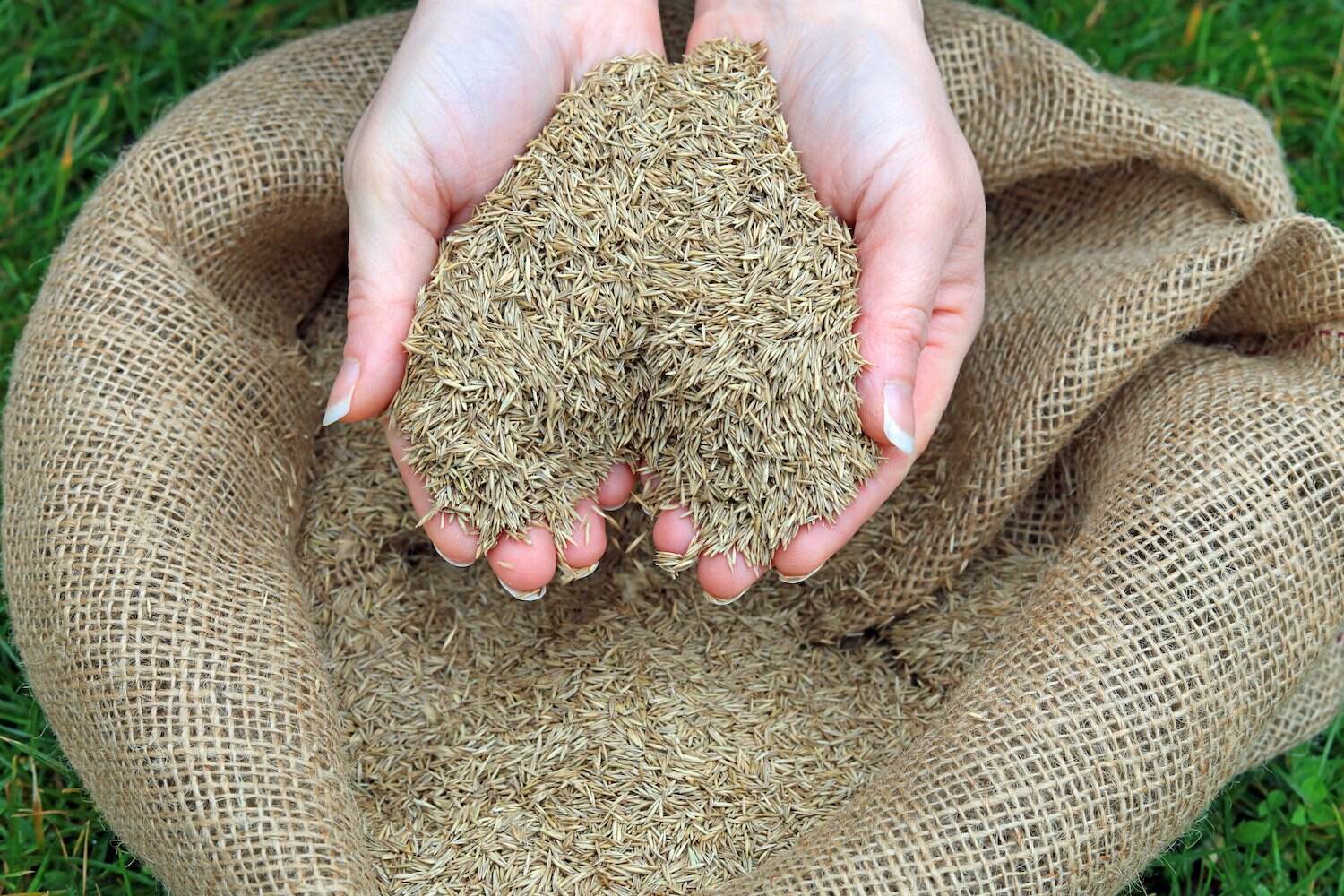
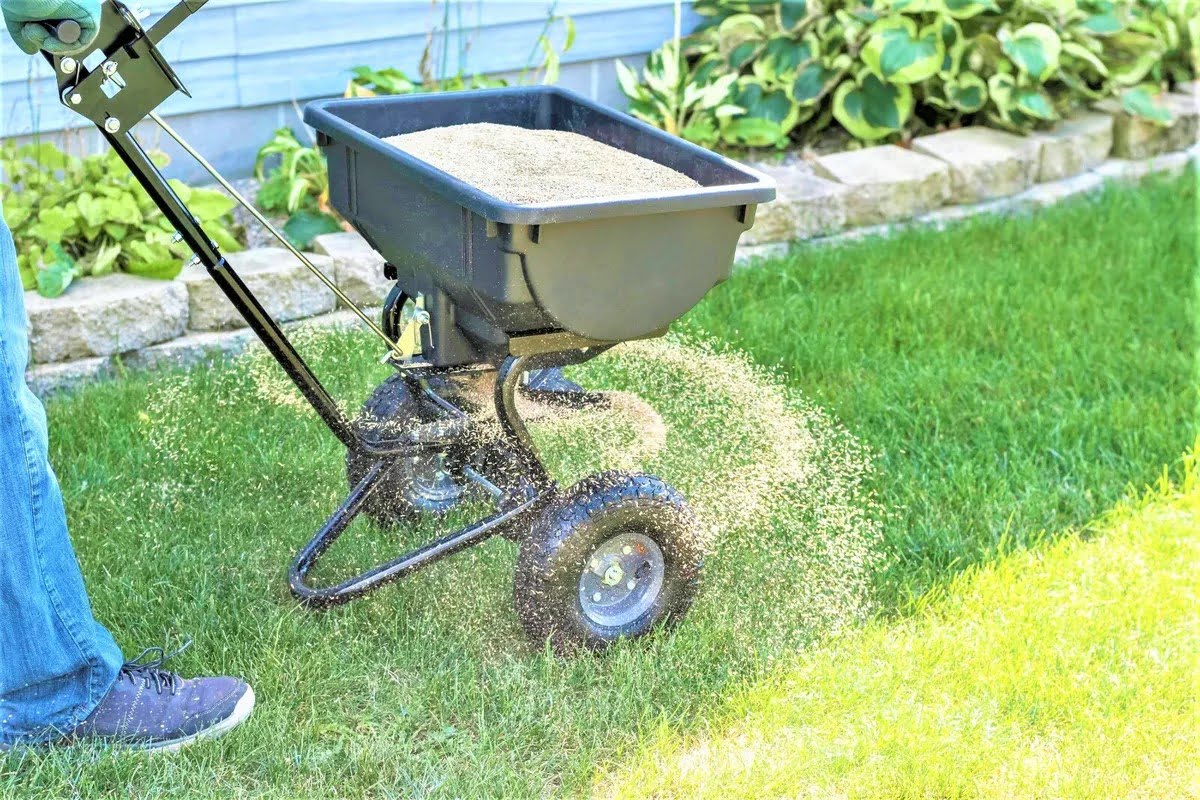
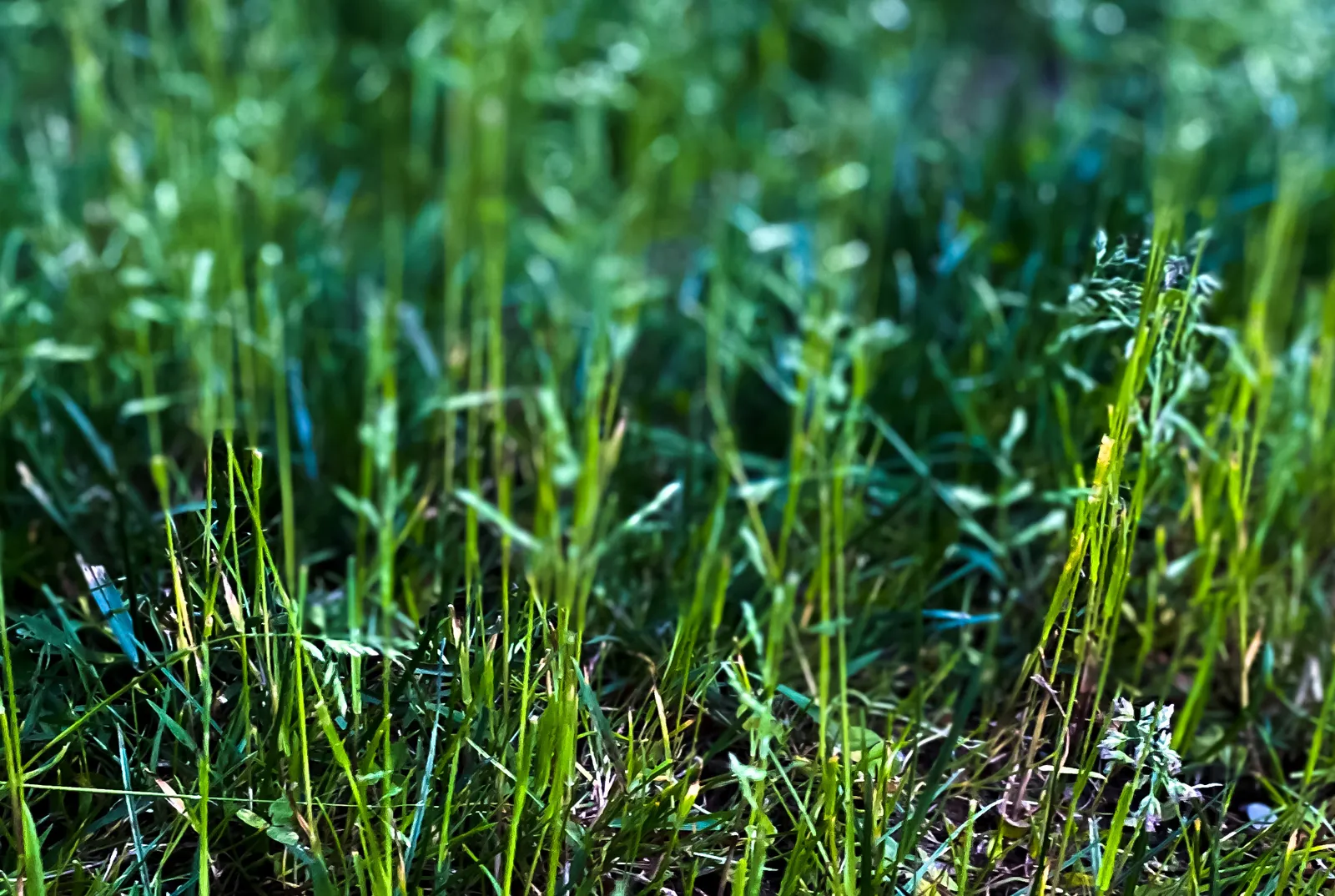
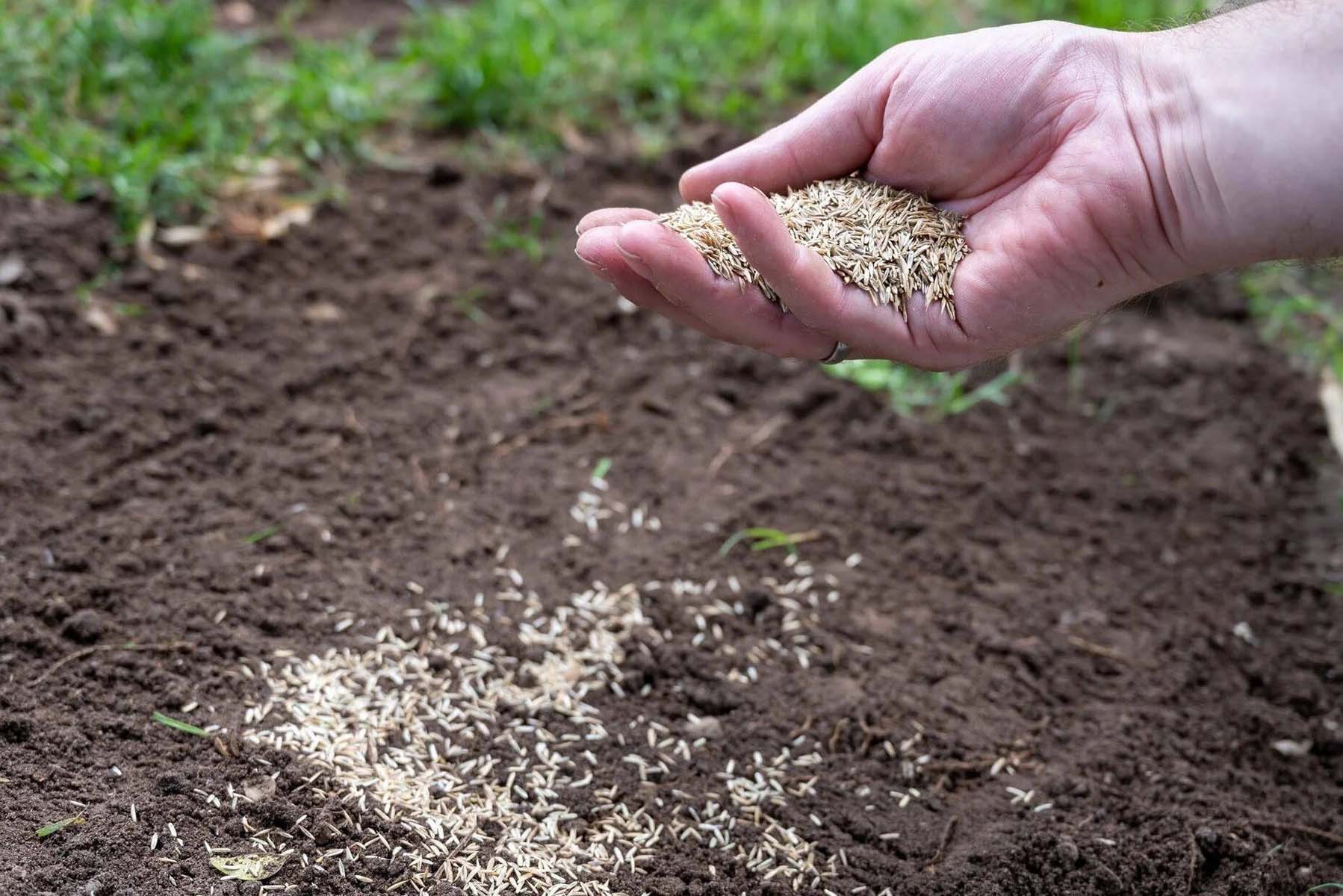
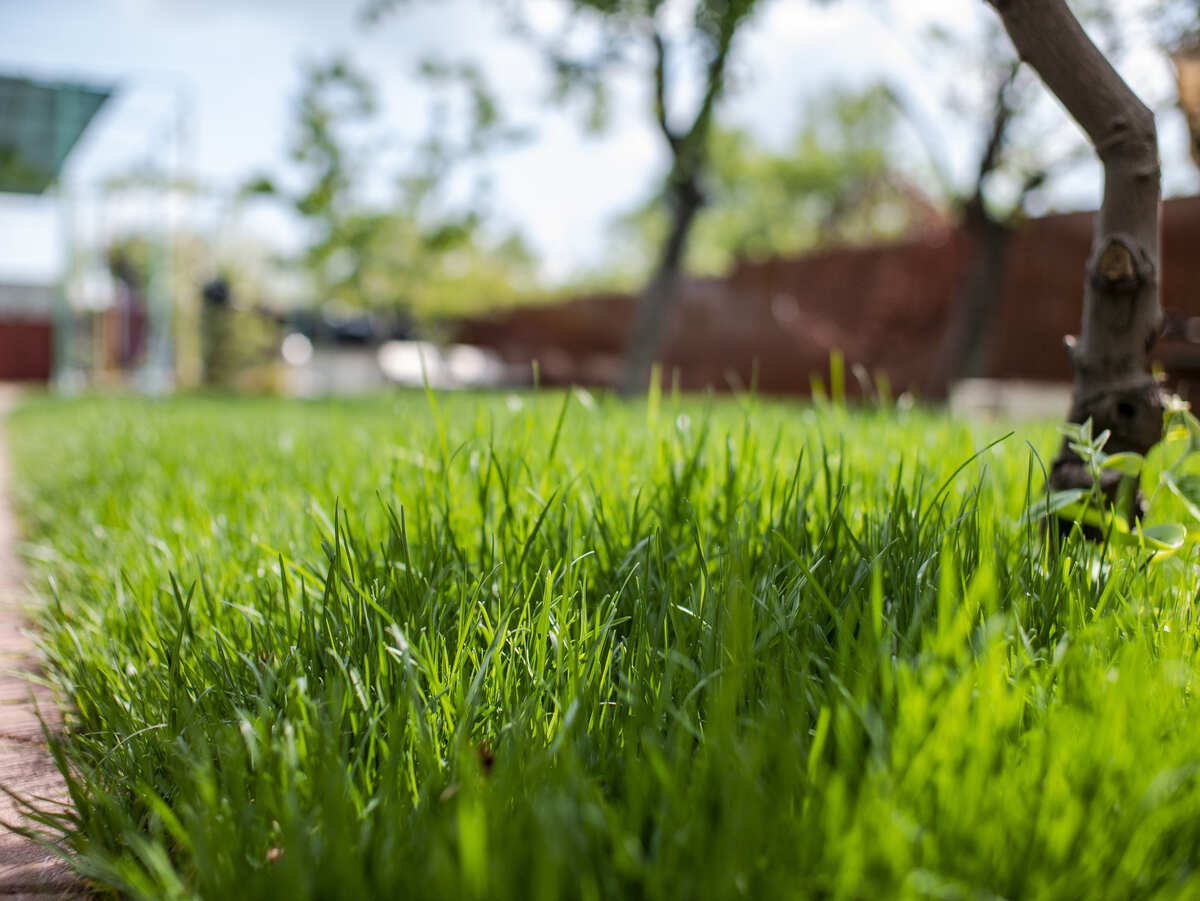
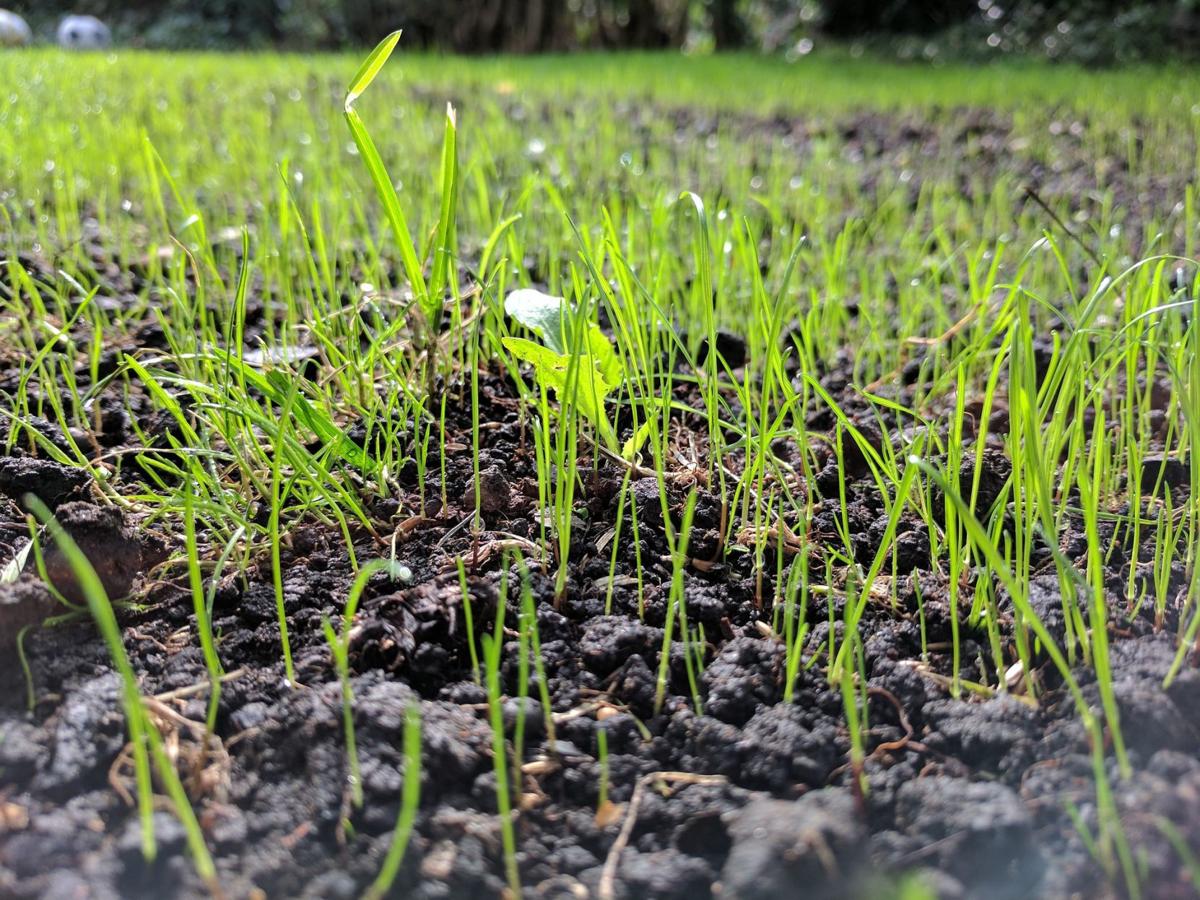

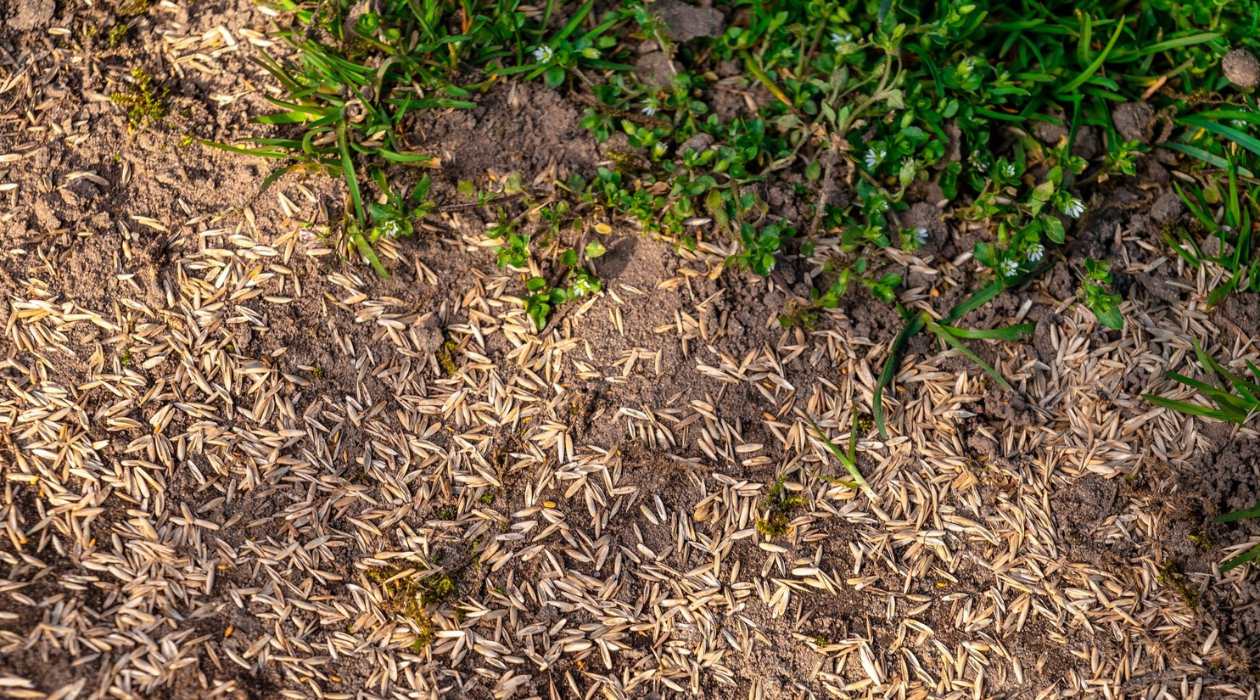

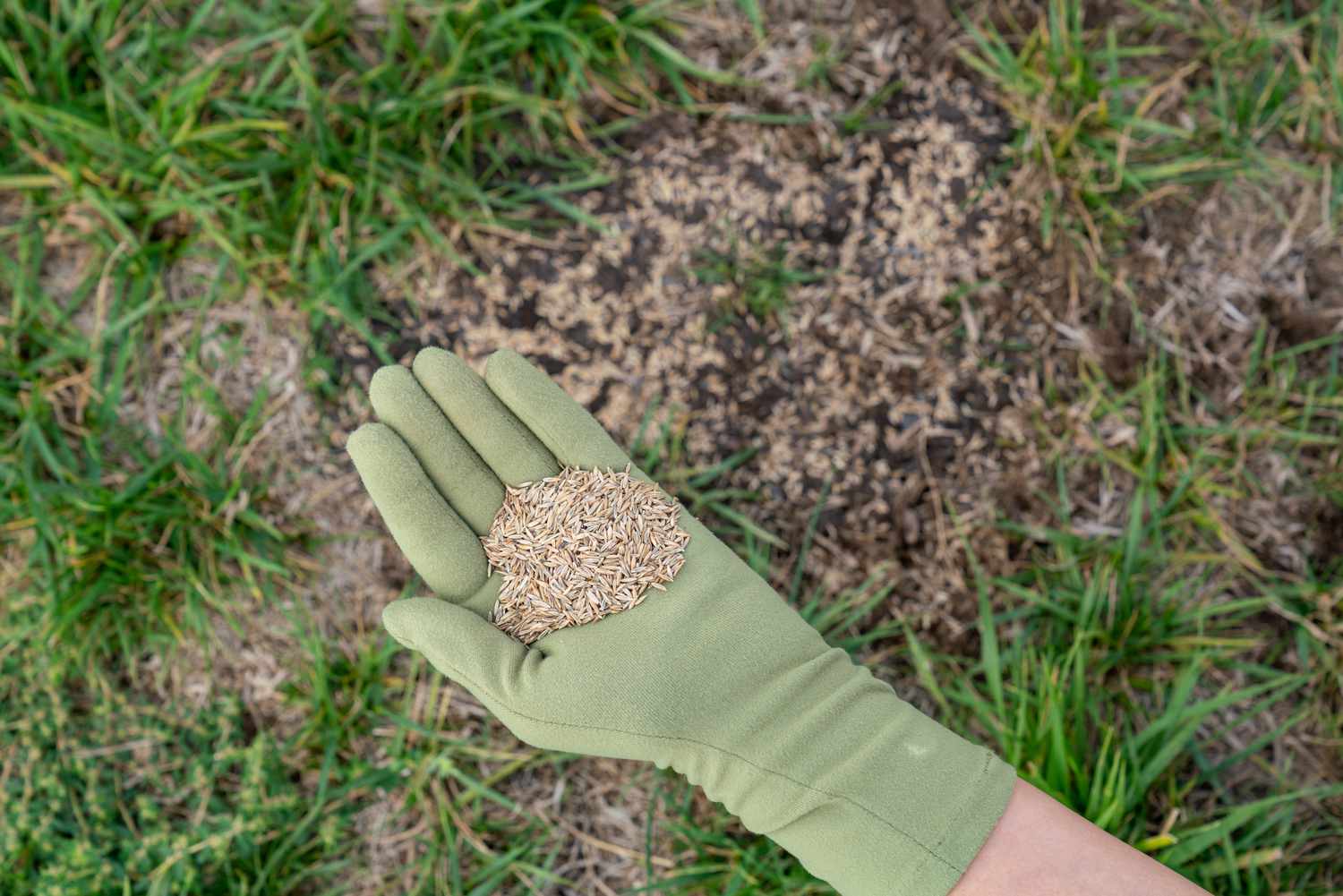
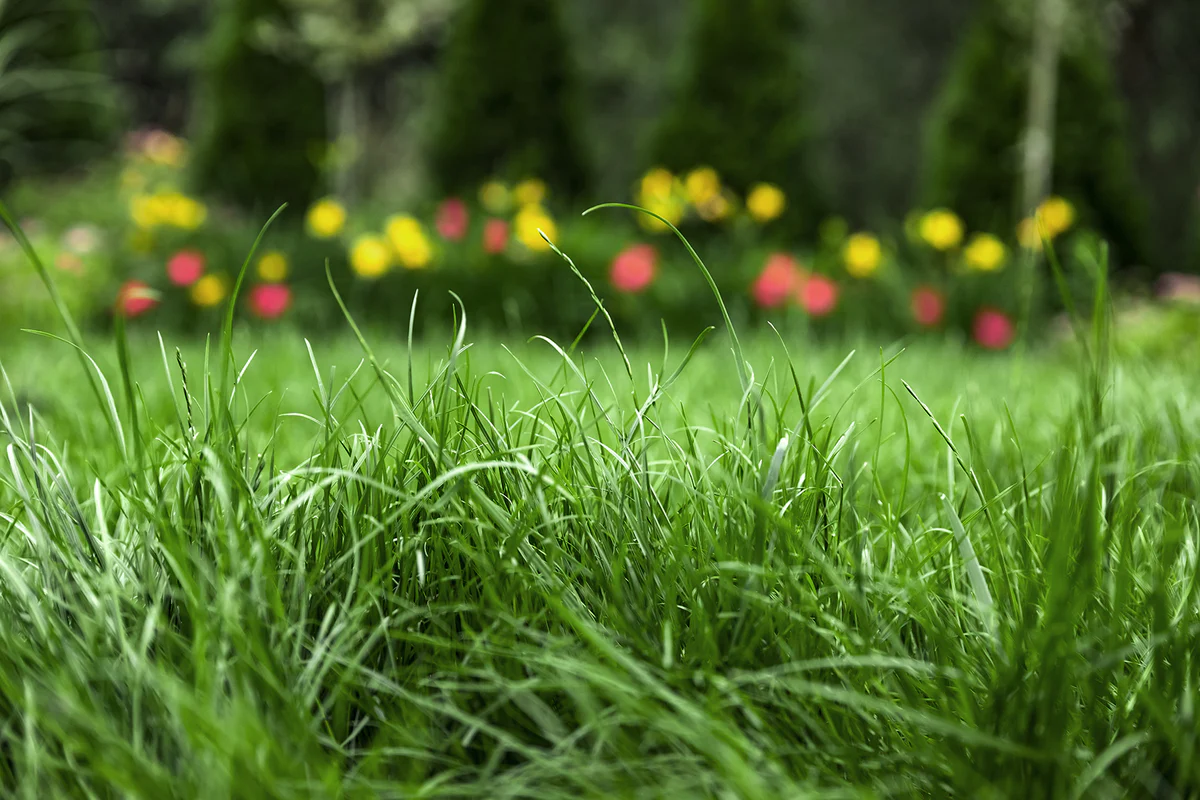
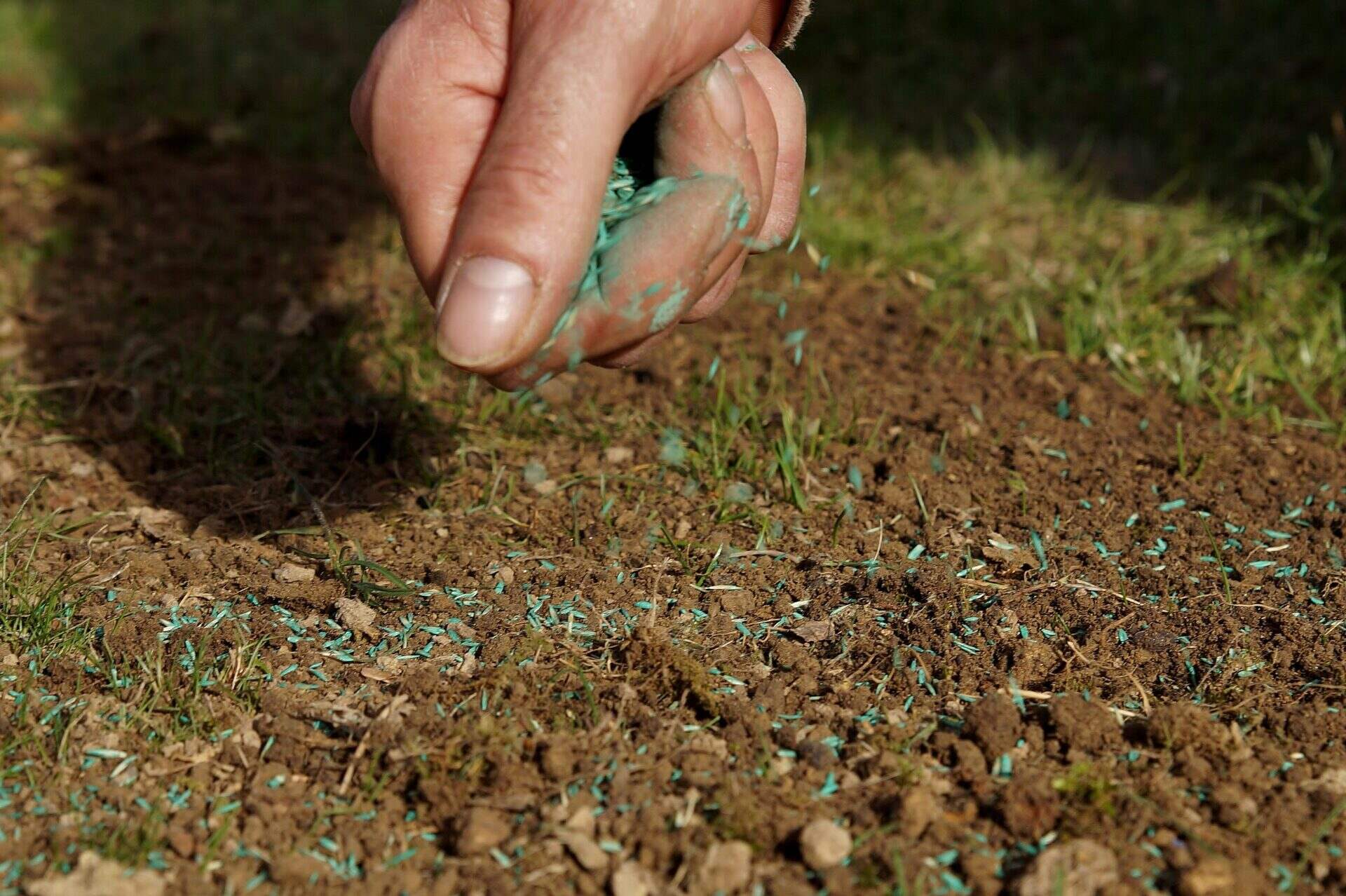

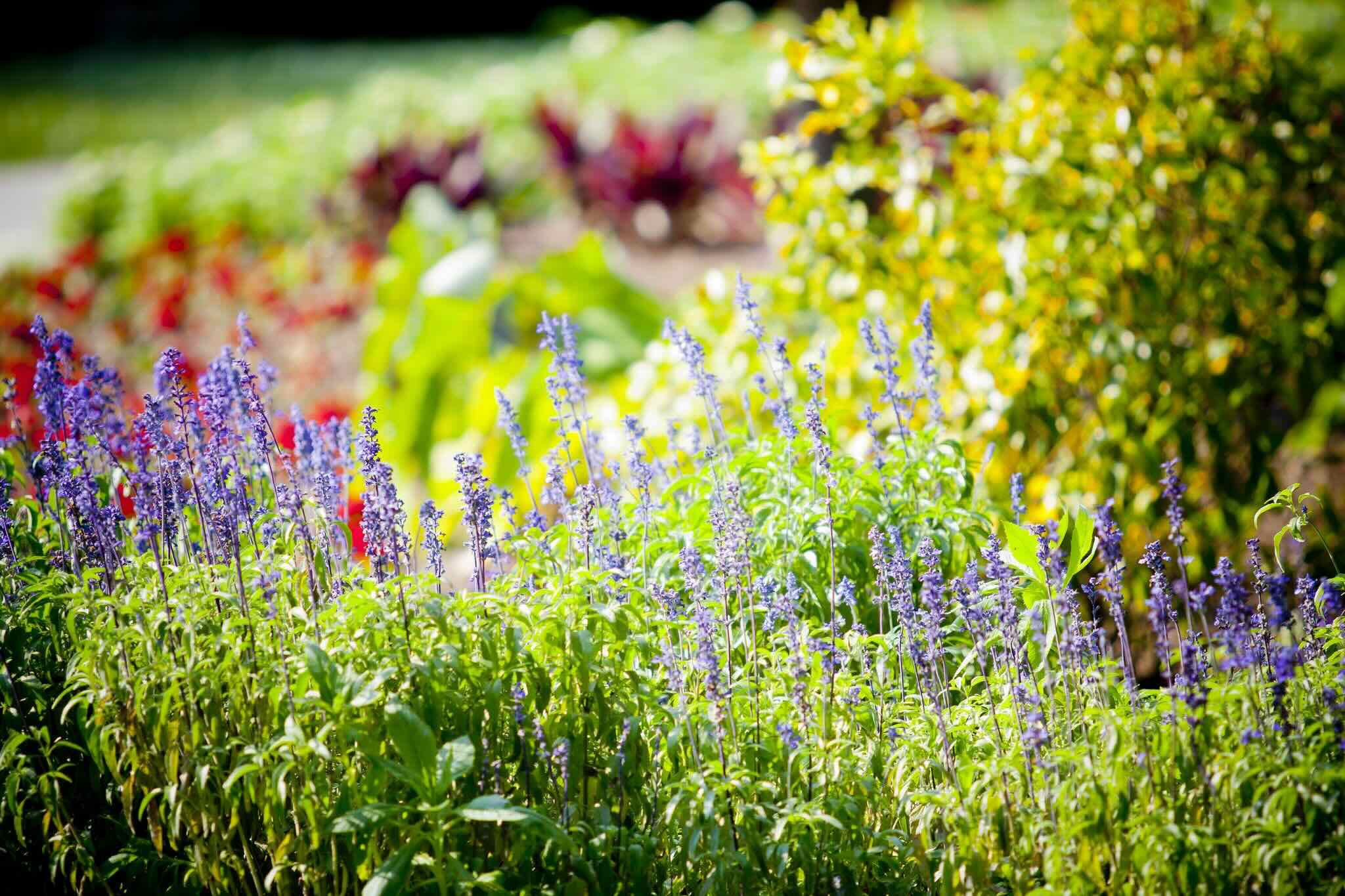

0 thoughts on “When To Plant Grass Seed In The Spring”